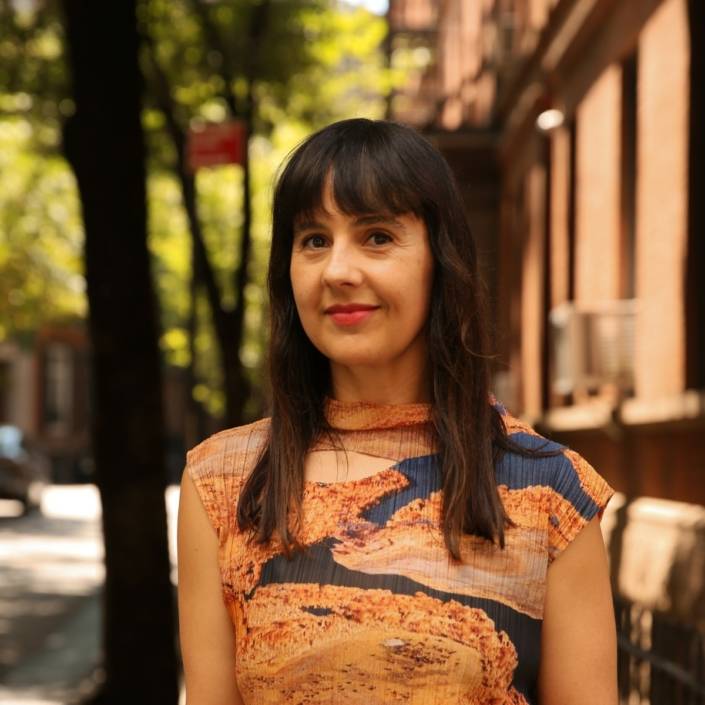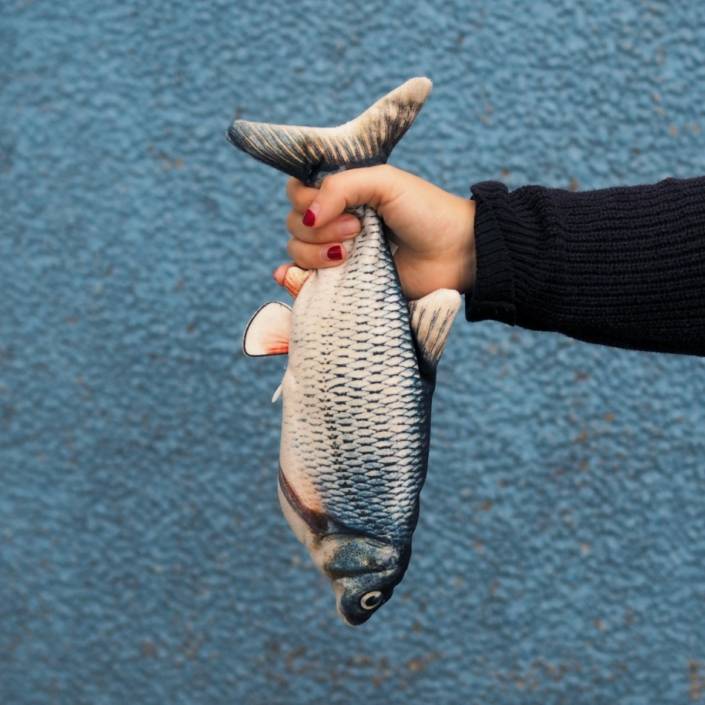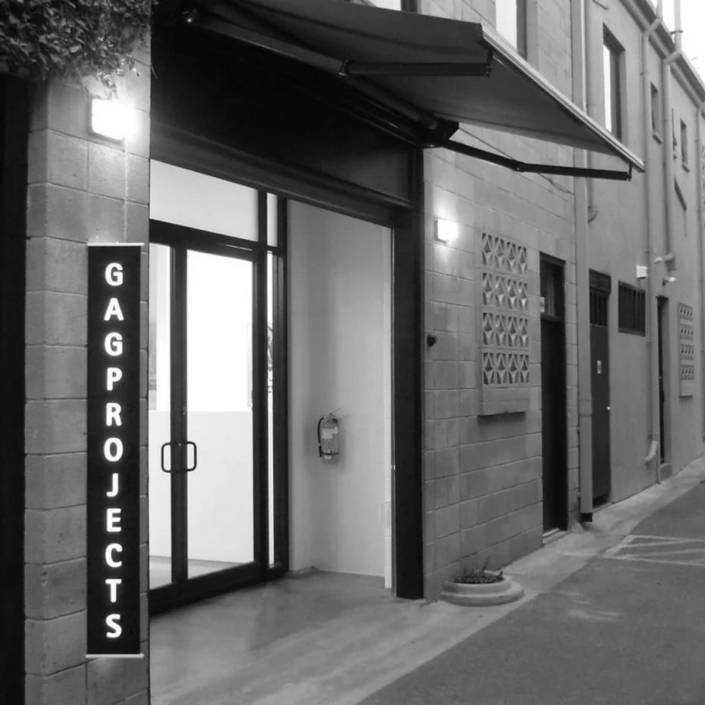Installation Contemporary: Standing out
The Installation Contemporary program elevates Sydney Contemporary 2019, breaking out of the booth environment to infiltrate the entire venue.
Words: Annie Tonkin
With its distinct industrial architecture, curating the Installation Contemporary program at Carriageworks is no easy feat. Mikala Tai, this year’s program curator, says she’s up to the challenge. Tai – who is also the director of Sydney’s 4A Centre for Contemporary Asian Art – will bring together a range of large-scale works that respond directly to Carriageworks’ architecture.
“Working in Carriageworks is always simultaneously a delight and a challenge,” says Tai. “The scale is huge and the industrial architecture is so dominant – when curating installation art you have to really think about working with the space.”
The artists involved in the program this year include Rathin Barman (Experimenter and 4A Centre for Contemporary Art), Daniel Boyd, Jacqueline Fraser and Marley Dawson (Roslyn Oxley9 Gallery), Jessica Bradford (Galerie pompom), Consuelo Cavaniglia, Nell and Reko Rennie (STATION), Movana Chen (Flowers Gallery), Gregory Hodge and Michael Lindeman (Sullivan+Strumpf), Antonia Mrljak (Curatorial+Co.), Yioryios Papayioryiou (Artereal Gallery), Joan Ross (Michael Reid) and Katie West (Dominik Mersch Gallery).
“[The artists] have devised works that are responsive to the environment,” she explains. “Many works actively disrupt the space; there are a few that play with the concept of architecture itself, and there are a few that are just downright cheeky.”
In the lead up to this year’s program, Tai was particularly interested in artists who push their painting practice into installation. “It’s exciting to see something so familiar reconfigured and ruptured,” she explains.
This is certainly true for Sullivan+Strumpf artist Greg Hodge, whose work Suspension Painting comprises large, painted, double-sided aluminium cut outs that hang from the ceiling. Hodge’s first foray into monumental suspension painting effectively brings painting into the third dimension. “My practice is primarily painting based, and while this work is still focused around a painterly language, the jump is scale and the transition into sculpture brings new and exciting challenges,” says Hodge. The work created for the program pays homage to the incredible space it is displayed in. “Carriageworks is an amazing place. In this work I have included some subtle odes to the building’s architectural and industrial qualities by painting some of the sculptural elements to mimic the concrete facades and the industrial flooring throughout the building.”
The opportunity to display work in the program doesn’t go unappreciated by the artists. Clearing, a multisensory work first exhibited at Tarra Warra Museum of Art by Dominik Mersch Gallery artist Katie West, was not created specifically in response to the Carriageworks space, but through her participation in the program is able to speak to a new audience. “Clearing is a site-specific work that I always intended to travel elsewhere and be adapted to other sites. This will be the second iteration of the work at Installation Contemporary, on Gadigal Land in Sydney, and with an international audience. I really couldn’t have asked for a better circumstance for this work to grow,” says West. “I am so looking forward to showing alongside some incredible artists in a setting where everyone’s work has the space to breathe. I can’t wait to experience the journey of the show as a whole.”
The benefits for fair goers are just as rewarding. Many of the works are interactive in some way. Clearing – made up of naturally dyed textiles hanging from the ceiling and laid out as cushions, with a spoken word score and key texts by Indigenous writers including Kerry Arabena, Aunty Joy Murphy Wandin and Bruce Pascoe – offers fair goers a space to listen, read and converse. A new site-specific commission, Tower of Power, a collaborative effort by Roslyn Oxley9 Gallery’s artists Claire Healy and Sean Cordeiro, provides visitors with a neo-medieval tower to climb for 360-degree views of the fair. This program allows attendees to experience and engage with works in new and exciting ways.
Due to the scale of some works, they may not seem like the first pick for collectors. However, with each of the works for sale, Tai encourages collectors and audiences alike to consider the works as exciting new work for any home. “I hope they all find homes!” she says. “Some works can easily be displayed on plinths in your home tomorrow, while others may be the catalyst to finally build your dream house in order to accommodate them.”
The Installation Contemporary program elevates an already exciting fair, breaking out of the booth environment to infiltrate the venue, ensuring every nook and cranny is filled with art. “They really are a fantastic suite of contemporary installation works,” says Tai. “I hope collectors and audiences are just as excited as I am to see them.”
Image: Installation view of Katie West’s Clearing, TarraWarra Museum of Art, 2019. Sound composed by Simon Charles with spoken score by Katie West.Photo: Andrew Curtis. Courtesy the artist, TarraWarra Museum of Art, VIC and Dominik Mersch Gallery, Sydney.









